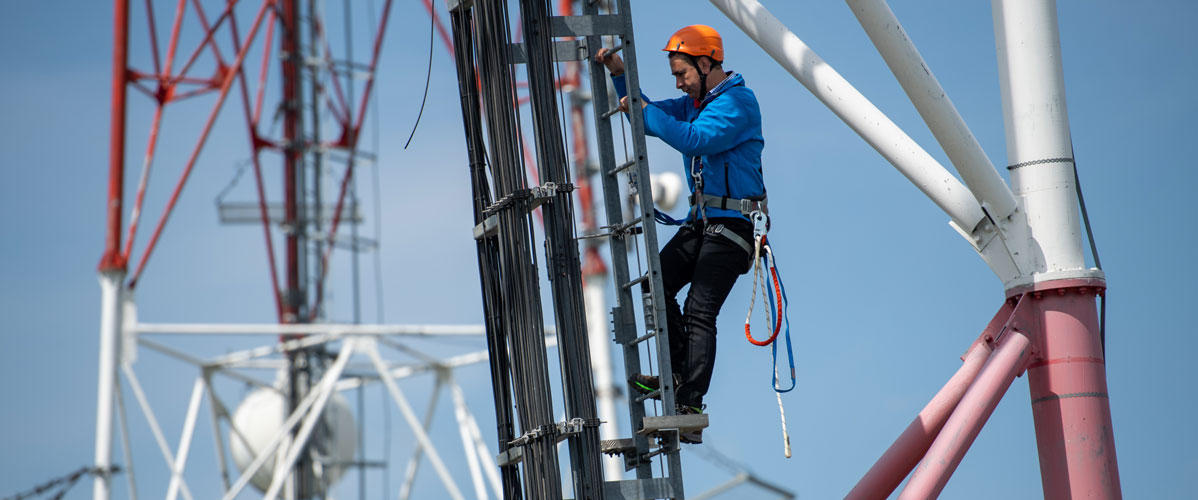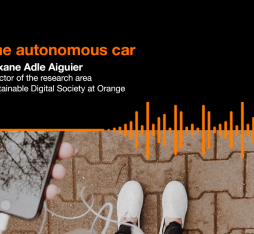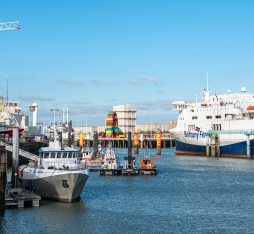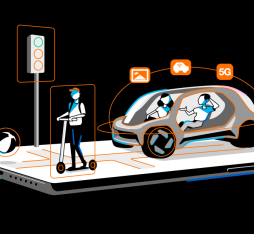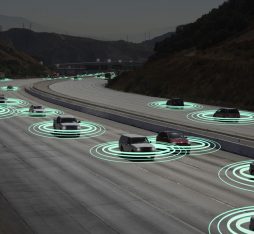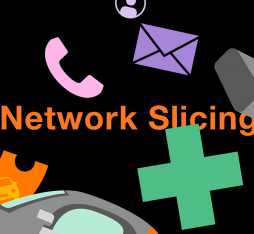"An IoT device draws on existing solutions to monitor telephone poles remotely and in real time"
Currently, maintaining these poles to guarantee customers receive a high-quality service is a largely reactive process. As part of a project led by Orange, specialist companies perform year-round testing on the poles to ensure the quality of this infrastructure.
But when adverse weather events or accidents occur, it is often the residents, local authorities or customers themselves who report that one of the poles has fallen down.
From a reactive approach to a proactive outlook
This way of working presents several problems. A damaged or collapsed pole puts both residents and road users at risk, and service quality is affected until the necessary maintenance work has been carried out. The travel required to take stock also comes at a financial and environmental cost.
These limitations have prompted Orange to look into designing a proactive remote monitoring process to achieve optimum visibility and control over the poles. The Internet of Things (IoT) offers a viable solution.
Connected poles that communicate
Initially, the solution consists of fitting sensors to a sample group of vulnerable poles that can transmit data and feed Orange’s information systems on a regular and automatic basis. As Philippe Delbarre, IoT B2B Project Manager, explains, “the idea is to get these poles—which have been silent up to now—talking. Valuable information about their status (geographic location, battery, ID etc.) is transported through the LoRa network to Live Objects, our management platform for connected objects. This data is sent in real time to an operational monitoring platform that can also continuously monitor the poles and organise a response if the IoT device issues an alert that a pole is leaning at an angle of more than 45°, as identified by the accelerometer that is built into the sensor“. Potential service disruptions and safety risks linked to the damaged pole are therefore reduced.
A total of one million poles that are particularly at risk will be equipped over the next five years.
Capitalising on existing technological bricks
The device also stands out because of the added value that it offers, which is not just operational—in the form of real-time monitoring and proactive maintenance—but also technological and financial. The IoT solution and its related processes are, in effect, based on existing bricks and assets such as Live Objects and the LoRa network, which are stitched together to create an end-to-end service chain. “The LoRa network”, highlights Delbarre, “is particularly well-adapted to this use case, which requires a small amount of data to be communicated. Over time, it will also be able to support a system designed to be long-lasting, with a minimum battery life of 12 years — which would not have been possible before, especially with a 2G network”.
The age of intelligent poles is upon us!

